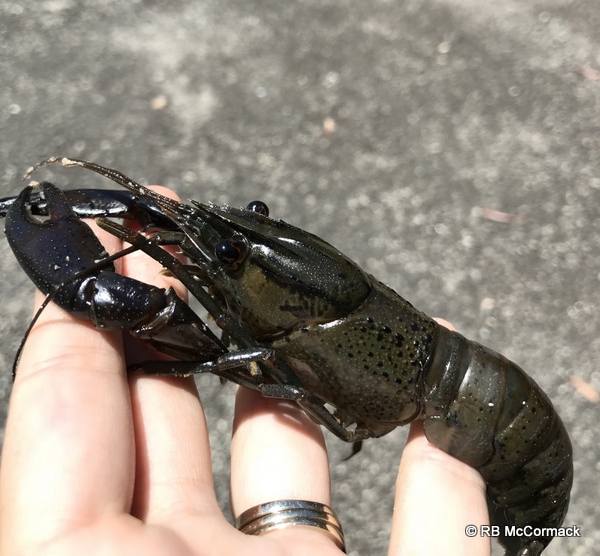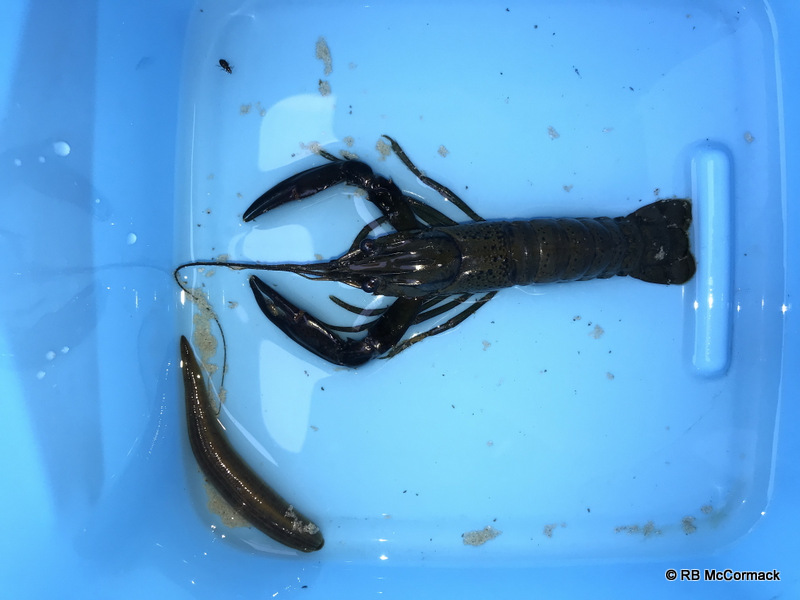
Freshwater blood and fluid sucking leeches can pose a serious problem for freshwater crayfish. Typically it’s the common yabby (Cherax destructor) that you find leeches attached to or they have a nasty round scar indicating a leech has had a feed. The scar remains until the crayfish moults but the scar itself can create difficulty in moulting and can lead to the death of the crayfish. From an aquaculture perspective, leeches in your ponds are a big NO-NO and every effort should be made to catch and remove them as the unsightly scars on crayfish make them unsellable.

Most leeches can ingest several times their own weight in blood at one feeding and swell to a large fat size. Leeches attach to their hosts and remain there until they become full, at which point they disengage and fall off to digest their huge feed. Crayfish are most vulnerable when they are freshly moulted. Freshly moulted crayfish are already stressed out and weakened by the moult process, the additional blood loss from a leech feeding could be fatal. This risk of mortality is greatly increased if the crayfish is small and the leach large.

The example Marron with a leech attached was found in the swimming hole below North Dandalup Dam, WA.
Images compliments of Tegan & Josh Moylan
Cheers Rob
